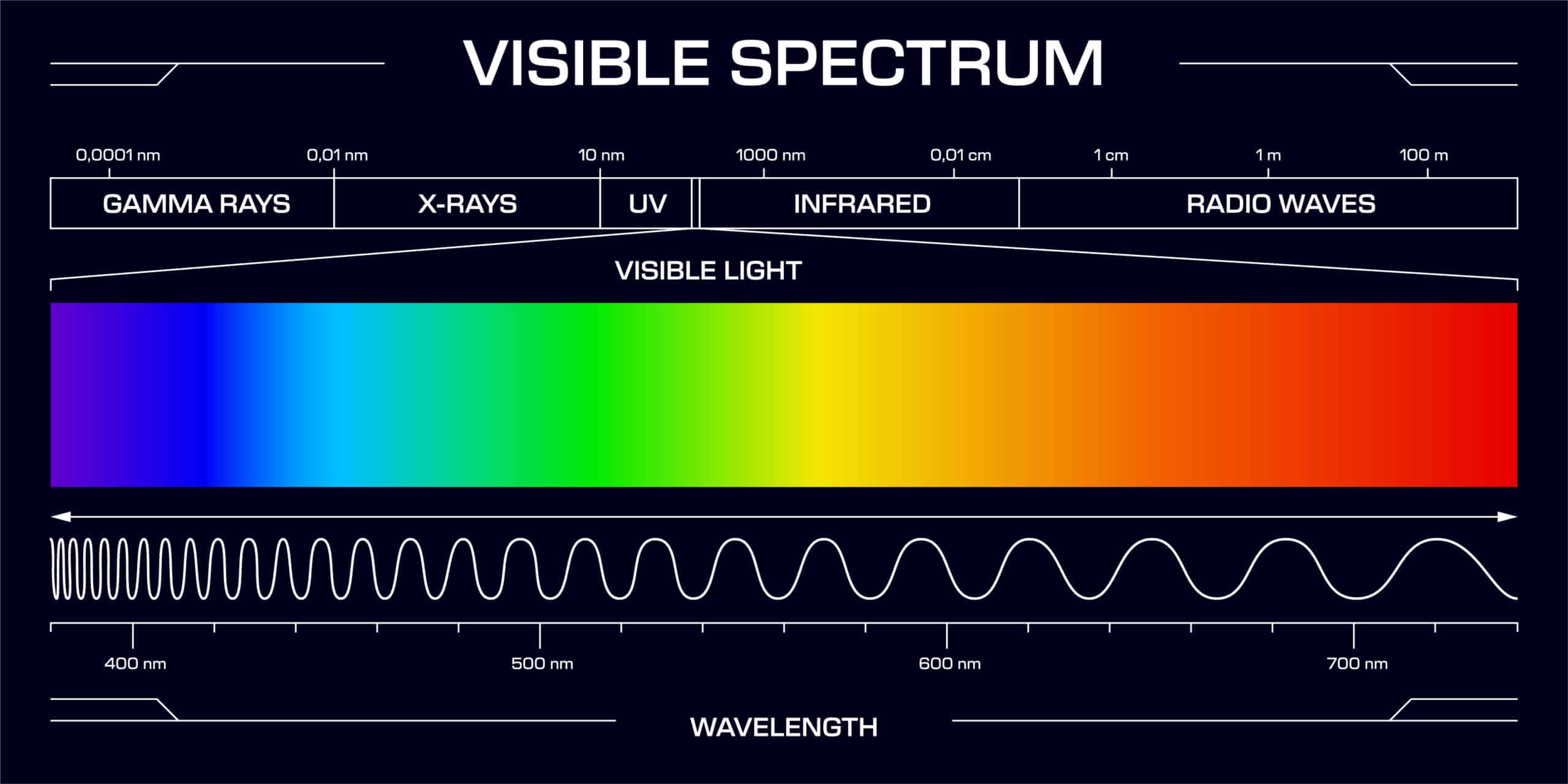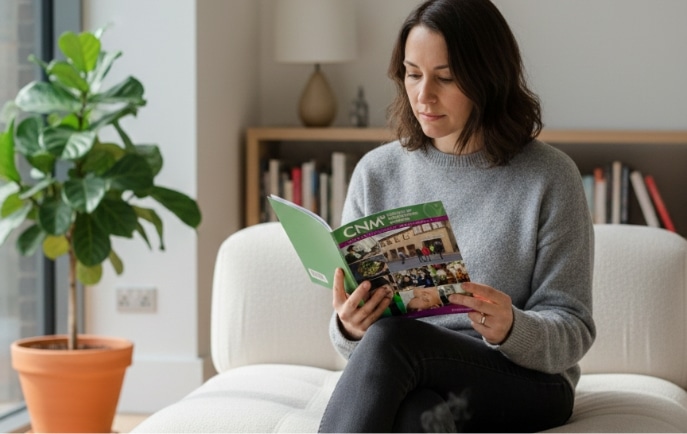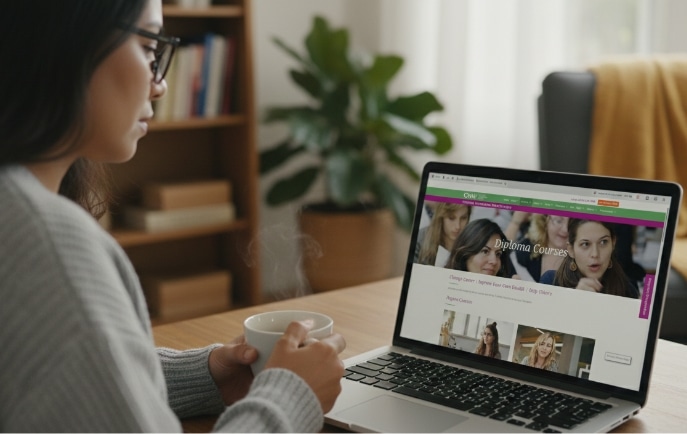This Forgotten Nutrient Could Extend Your Lifespan
Change Career | Improve Your Own Health | Help Others, Explore our CNM Diploma courses
Could a lack of sunlight be quietly draining your health?
In our modern world of artificial lighting, constant screen exposure and widespread sunscreen use, we’ve lost sight of a basic biological need: sunlight is essential for life and health.
Natural light, especially ultraviolet (UV) light, plays a powerful role in regulating our biological rhythms, strengthening immunity and supporting deep healing.
In fact, sunlight was widely used in the 1930s to treat infectious diseases like tuberculosis and rickets, and to support recovery in hospitals and sanatoriums. But this practice faded into obscurity with the rise of antibiotics, a growing fear of skin cancer and a cultural shift toward avoiding sun exposure altogether.
Here’s why sunlight is essential for life, how it supports healing from within, and how to use light safely to support your health.

A nutrient we can’t live without
Sunlight is not just a mood booster; it’s a vital nutrient. A 20-year study of nearly 30,000 Swedish women found that those who avoided the sun were 130% more likely to die than those who had regular sun exposure. Avoiding sunlight was linked with a higher risk of various diseases, including cancer.[1]
So, why have we been taught to fear it?
In the 1980s, a public relations campaign launched by the dermatology industry reshaped public perception of sunlight. The campaign linked sun exposure to skin cancer (especially melanoma) and promoted sun avoidance as a preventative health strategy. But what was missed (or ignored) was the emerging evidence that melanoma is more strongly associated with sunlight deficiency than with excess exposure.[2]
Nowadays, skin cancer is often detected early and managed effectively, making dermatology a fast-moving and in-demand medical field. But this raises an important question: what are the long-term health effects of depriving the body of its natural light source?
Got a health issue you want to resolve? Ready to take charge of your family’s health or explore a career change?
Sunlight vs. artificial light
We spend more time indoors than ever before. Most of the lighting we’re exposed to, like LEDs, screens and fluorescent bulbs, is artificial and lacks the full spectrum of natural sunlight. These narrow-band lights can:
- Disrupt circadian rhythms (which regulate sleep and healing)
- Increase the risk of infection and behavioural issues like ADHD
- Impair fertility and productivity in both humans and animals
- Reduce blood circulation and damage blood vessels
What’s most concerning is that modern environments block UV light, especially through glass windows, and many people wear glasses that further limit UV exposure to the eyes. This has led to widespread UV deficiency, which can negatively affect immunity, energy levels and overall health.

The healing power of UV light
In the early 20th century, before antibiotics, doctors harnessed the healing power of sunlight and UV light to treat serious infections like tuberculosis and pneumonia. One of the most promising approaches was ultraviolet blood irradiation (UVBI).[1]
Developed in the 1930s, UVBI involves removing a small amount of blood, exposing it to UV light, and returning it to the body. This simple yet profound method was found to:
- Destroy infections in the blood
- Reduce inflammation
- Stimulate the immune system
- Speed up recovery from a range of conditions, including sepsis, hepatitis, asthma and polio
Doctors using UVBI in hospitals across the US reported dramatic, often immediate improvements in patients who were gravely ill. Thousands of people were treated successfully with no side effects. At the time, this was hailed as one of the most significant medical breakthroughs.

UVBI suppression and the rise of pharmaceuticals
As UVBI gained popularity, the American Medical Association (AMA) took notice, but instead of supporting the therapy, it sought control. After the inventor of UVBI refused to sell the rights or pay for an expensive validation study, the AMA launched a flawed study that claimed the treatment didn’t work.
The study used questionable methods, blocked proper UV exposure and tested UVBI on conditions it wasn’t meant for. Yet despite reporting that many patients improved and no harm was done, the study concluded UVBI was ineffective. Based on this, hospitals abandoned it in favour of new, more profitable pharmaceutical drugs, particularly antibiotics.
By the 1950s, UVBI had virtually disappeared from American medicine. But in countries with fewer medical monopolies, like Russia and Germany, the therapy continued and is still used today with great success. While UVBI was never widely adopted in the UK or Ireland, both followed a similar trajectory – rapidly shifting towards pharmaceutical solutions in the mid-20th century and moving away from light-based or natural therapies.

How to use light for health and healing
It’s time to challenge the belief that all sun exposure is dangerous. Sunlight, in moderation, is a foundational part of health. While UVBI may not be available in most mainstream healthcare systems, natural light is free, abundant and incredibly healing.
Here are practical ways to harness the power of sunlight:
- Get daily natural light exposure, ideally in the morning, to support your circadian rhythm and hormone balance.
- Avoid sunglasses or UV-blocking lenses for short periods when safe to do so – this allows UV light to stimulate healing via the eyes.
- Spend time outdoors without sunscreen for 10-20 minutes, depending on your skin type and the strength of the sun.
- Use full-spectrum lighting indoors if natural light isn’t available – it mimics sunlight more closely than standard bulbs, which often emit only blue or yellow tones.
- Include chlorophyll-rich superfoods like green juices and smoothies (with spinach, kale, parsley), wheatgrass, spirulina, barley grass and chlorella to help carry sunlight (including UV light) into the body, supporting remarkable healing.
Reconnect with nature’s healing light
The story of UVBI is just one example of how natural therapies can be overlooked or suppressed in favour of more profitable options. Sunlight is not the enemy – it’s a powerful ally in health, immunity, mood and longevity. By understanding its value and safely reintroducing it into our lives, we can reclaim one of nature’s most profound healing tools.
Interested in learning more about natural therapies?
CNM offers accredited courses in naturopathy, nutrition, herbal medicine, homeopathy and acupuncture. Plus, a range of short, online courses to give you the knowledge and confidence to use natural therapies at home. Discover how you can support yourself and others with holistic, evidence-based training designed for real-life results.
This article was inspired by insights originally published by Dr. Joseph Mercola on Mercola.com and has been adapted for educational purposes.
Original source: Mercola J, (2025). Ultraviolet Blood Irradiation Revolutionized Medicine – Why Did It Disappear?




